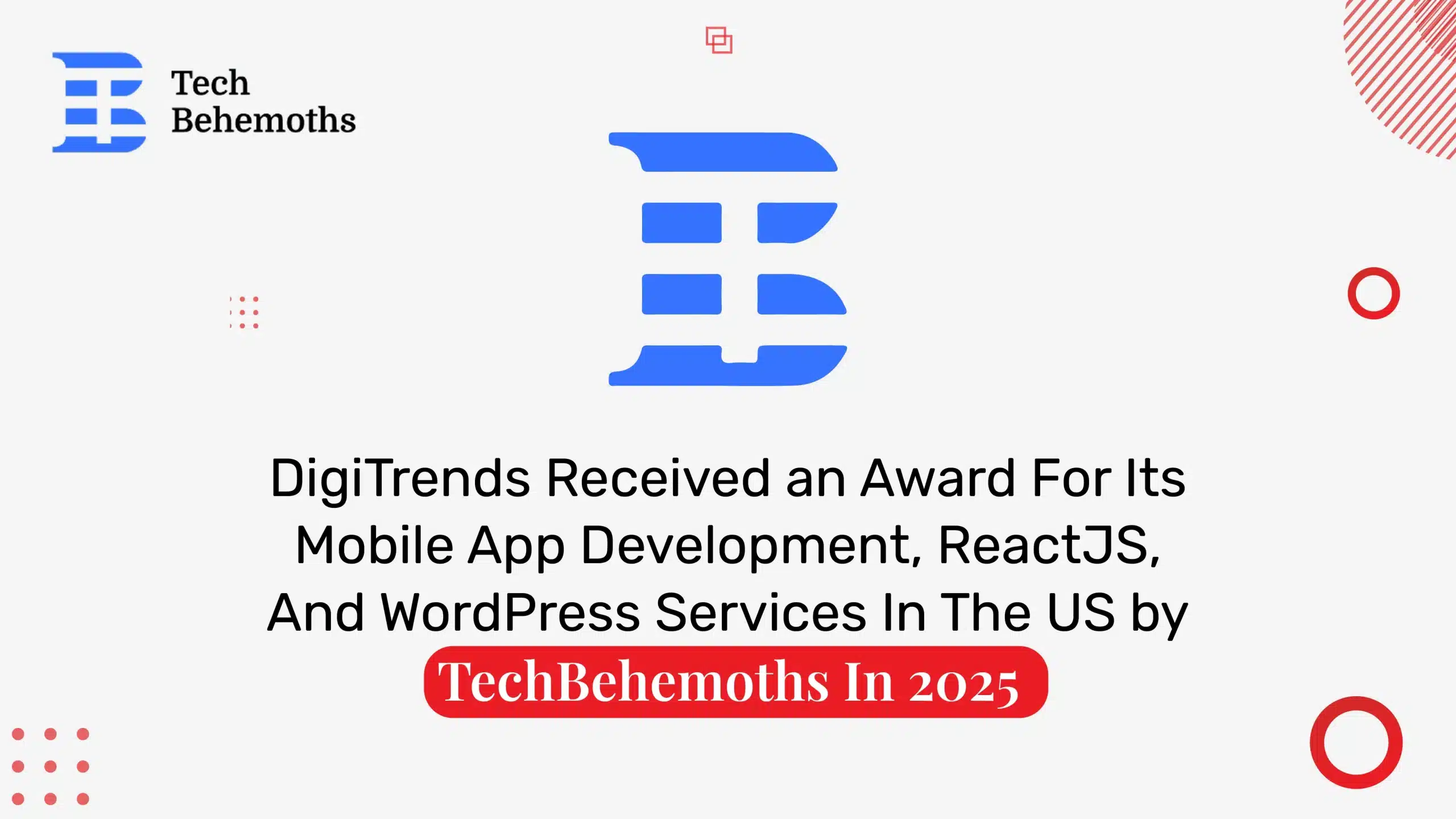Austin, Texas, has become synonymous with innovation and cutting-edge technology. And mobile app development is one of a kind here.
Nicknamed “Silicon Hills,” the city boasts a thriving tech scene teeming with established tech giants, burgeoning startups, and a vibrant community of entrepreneurs.
This dynamic ecosystem has placed Austin at the forefront of mobile app development, making it a prime location to transform your app idea into a reality.
Whether you’re a seasoned entrepreneur with a fully fleshed-out concept or brimming with a novel idea waiting to be developed, this comprehensive guide will equip you with the knowledge and resources to navigate the exciting world of mobile app development in Austin.
Why Choose Austin for Your Mobile App Development Project?
So, why should Austin be your top choice for mobile app development?
Here are some compelling reasons:
A Thriving Tech Ecosystem:
Austin is a melting pot of creative minds and technological expertise. Major tech players like Apple, Google, Facebook, and Tesla have established a significant presence in the city, fostering a collaborative environment brimming with innovation. Alongside these tech giants, a plethora of startups are constantly pushing the boundaries in various tech sectors, including mobile app development. This rich ecosystem provides access to a highly skilled talent pool of mobile app developers, designers, project managers, and other specialists crucial for your app’s success.
A Culture of Innovation and Support:
Austin is more than just a hub for tech giants; it’s a breeding ground for groundbreaking ideas and entrepreneurial spirit. The city fosters a culture that embraces creativity and encourages risk-taking, making it the perfect environment to nurture your mobile app concept from ideation to launch. Austin also boasts a robust network of incubators, accelerators, and investor groups specifically designed to support startups and entrepreneurs. These resources can provide valuable guidance, mentorship, and potential funding opportunities to bring your mobile app idea to life.
A Strong Talent Pool:
Austin is home to several top-ranked universities, churning out graduates well-versed in the latest mobile app development technologies. The University of Texas at Austin, for example, is a powerhouse in computer science and engineering, consistently ranking among the nation’s best. This steady stream of talent, coupled with Austin’s overall attractiveness to tech professionals, ensures a competitive pool of highly skilled mobile app developers for your project.
Process of Mobile App Development in Austin
Developing a successful mobile app in Austin involves a collaborative and strategic process.
Here’s a breakdown of the typical stages involved in mobile app development:
Planning & Ideation
This initial stage lays the foundation for your mobile app. Clearly articulate the core problem your app aims to solve or the specific need it addresses.
What value proposition will your app offer to users?
Your value proposition is a concise statement that summarizes the benefits your app offers to users. A strong value proposition should be clear, unique, and compelling.
Here’s a simple formula to craft an effective value proposition:
For [target audience], who are struggling with [problem], [your app] is a [solution] that [unique benefit].
For example, if you’re developing a mobile app that helps users find parking spaces in busy downtown areas, your value proposition could be:
For busy professionals in Austin who struggle with finding parking downtown, Park Smarter is a real-time parking availability app that helps you locate and reserve parking spots quickly and easily, saving you time and frustration.
Identifying Your Target Audience:
Who are you building this app for? Understanding your target audience’s demographics, needs, and behavior is crucial for designing a user-centric app.
Here are some effective ways to identify your target audience:
- Market research: Conduct market research to understand the demographics, needs, and pain points of your potential users. Online surveys, focus groups, and competitor analysis can provide valuable insights.
- Buyer personas: Create detailed buyer personas that represent your ideal users. These personas should include demographic information, behavioral patterns, and the challenges they face.
- Social media listening: Utilize social media listening tools to monitor online conversations relevant to your app’s niche. This can help you understand the language your target audience uses, the topics they discuss, and the challenges they encounter.
Competitive Analysis:
Research existing apps in your niche market. Identify their strengths and weaknesses, and explore opportunities to differentiate your app and provide a unique user experience.
Here are some key aspects to consider when conducting a competitive analysis:
- App features: Analyze the features offered by competing apps. Are there any features missing that your app can provide? Can you offer a more streamlined or user-friendly experience for these features?
- User reviews: Read user reviews of competing apps to identify common pain points and areas for improvement. This can give you valuable insights into what users like and dislike about existing apps in your niche.
- App Store rankings: See how competing apps rank in relevant app store categories. This can indicate their popularity and user engagement levels.
Feature Prioritization:
Brainstorm a comprehensive list of features you envision in your app. However, prioritize these features based on importance and user needs. Not all features need to be included in the initial launch.
Here are some strategies for effective feature prioritization:
- The Kano Model: The Kano Model is a prioritization framework that categorizes features based on user satisfaction. Essential features are those that users expect and will cause dissatisfaction if missing. One-dimensional features delight users when present but cause no dissatisfaction when absent. Indifferent features have little impact on user satisfaction. By using the Kano Model, you can focus on developing essential and one-dimensional features first, ensuring a satisfying user experience from the outset.
- The MoSCoW Method: The MoSCoW Method prioritizes features based on urgency and importance. “Must-have” features are critical for the app’s core functionality. “Should-have” features are important but can be added later. “Could-have” features are desirable but not essential. “Won’t-have” features are deferred or eliminated for the initial launch. The MoSCoW Method ensures you focus on developing the most critical features first while keeping track of desirable features for future iterations.
Design and Prototyping
Once you have a solidified concept, it’s time to translate it into a visual representation:
- User Experience (UX) Design: Here, you’ll focus on crafting an intuitive and user-friendly interface for your app. This involves designing user flows, wireframes, and mockups that map out how users will interact with your app.
- Quality Assurance (QA) Testing: Rigorous testing is paramount to ensure your app functions flawlessly across different devices and operating systems. The development team will conduct thorough testing to identify and fix any bugs or glitches before launch.
Here are some different types of QA testing performed during mobile app development:
- Functional testing: This type of testing verifies that the app’s features function as intended according to the designed specifications.
- Non-functional testing: This testing focuses on the usability, performance, security, and compatibility of the app. Usability testing ensures the app is intuitive and easy to use for target users. Performance testing measures the app’s speed, responsiveness, and resource consumption. Security testing identifies and addresses any vulnerabilities that could compromise user data. Compatibility testing ensures the app functions correctly across different devices and operating systems.
- Device testing: The app is tested on a variety of devices with different screen sizes, operating systems, and hardware specifications to ensure optimal performance and functionality across a wide range of user devices.
By implementing a robust QA testing process, you can ensure your mobile app launches with minimal bugs and delivers a positive user experience.
Launch and Marketing
Once your app is thoroughly tested and polished, it’s ready to be released to the world:
- App Store Submission: The app store submission process involves creating an app store listing with detailed descriptions, screenshots, and keywords to optimize app discovery. Your app will then go through an approval process by Apple (App Store) or Google (Google Play Store).
Here are some key elements of a compelling app store listing:
- App title: Choose a concise and descriptive title that accurately reflects your app’s purpose and resonates with your target audience.
- App description: Craft a clear and engaging description that highlights the key features and benefits of your app. Utilize relevant keywords to improve app store search ranking.
- Screenshots and app preview video: Include high-quality screenshots and an app preview video that showcases the app’s user interface and functionalities in action.
- Keywords: Carefully select relevant keywords that users might search for when looking for apps in your category. Keyword research tools can be helpful in identifying the most relevant keywords.
- Marketing and Promotion: Developing a comprehensive marketing strategy is crucial to reach your target audience and drive app downloads.
Here are some effective mobile app marketing strategies:
App store optimization (ASO): Optimize your app store listing using relevant keywords and compelling visuals to improve your app’s discoverability in search results.
Social media marketing: Leverage social media platforms to promote your app, share engaging content, and build a community around your brand.Content
marketing: Create valuable content, such as blog posts, articles, or infographics, that educate your target audience about the problem your app solves and how it benefits them.
Influencer marketing: Partner with relevant influencers in your niche market to promote your app to their audience.
Cost Considerations
Mobile app development costs can vary depending on the complexity of your app, the features you envision, and the chosen development partner. Generally speaking, Austin’s mobile app development costs might be slightly lower compared to other major tech hubs like San Francisco or New York City. However, it’s important to factor in various elements that can influence the overall cost:
- App Complexity: Simple apps with basic functionalities will naturally cost less to develop compared to feature-rich apps with intricate designs and back-end integrations.”
- App Features: The number and complexity of features you incorporate into your app will directly impact the development timeline and budget. Features like AR/VR integration, social media functionalities, or complex payment gateways will require additional development expertise and resources.
- Development Partner: The experience level and expertise of your chosen mobile app development partner will play a role in the cost. While freelance developers might offer lower rates, partnering with a reputable mobile app development company with a proven track record can ensure a higher quality product and a smoother development process, even if the initial cost is slightly higher.
By adopting a data-driven approach and continuously monitoring your app’s performance, you can make informed decisions about future updates and optimizations to ensure your mobile app thrives in the ever-evolving app landscape.
Conclusion
Austin’s booming tech scene, coupled with its culture of innovation and support for entrepreneurs, makes it a prime location to develop your next big mobile app. By following the outlined stages of mobile app development, partnering with skilled app developers in Austin, and implementing effective marketing strategies, you can turn your app idea into a reality and achieve success in the competitive mobile app market.






